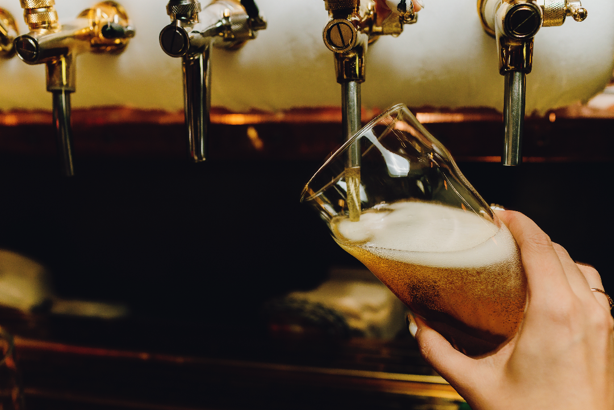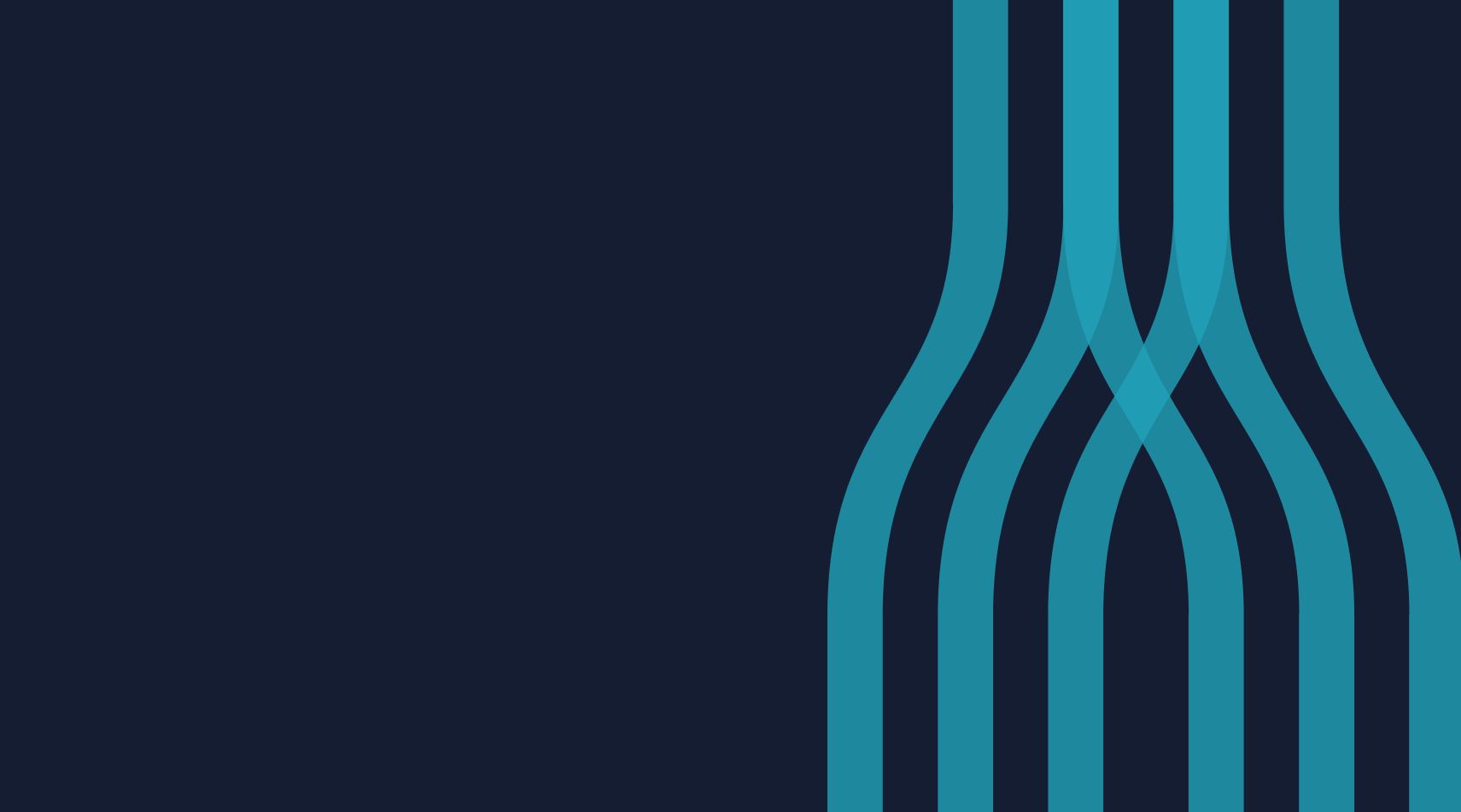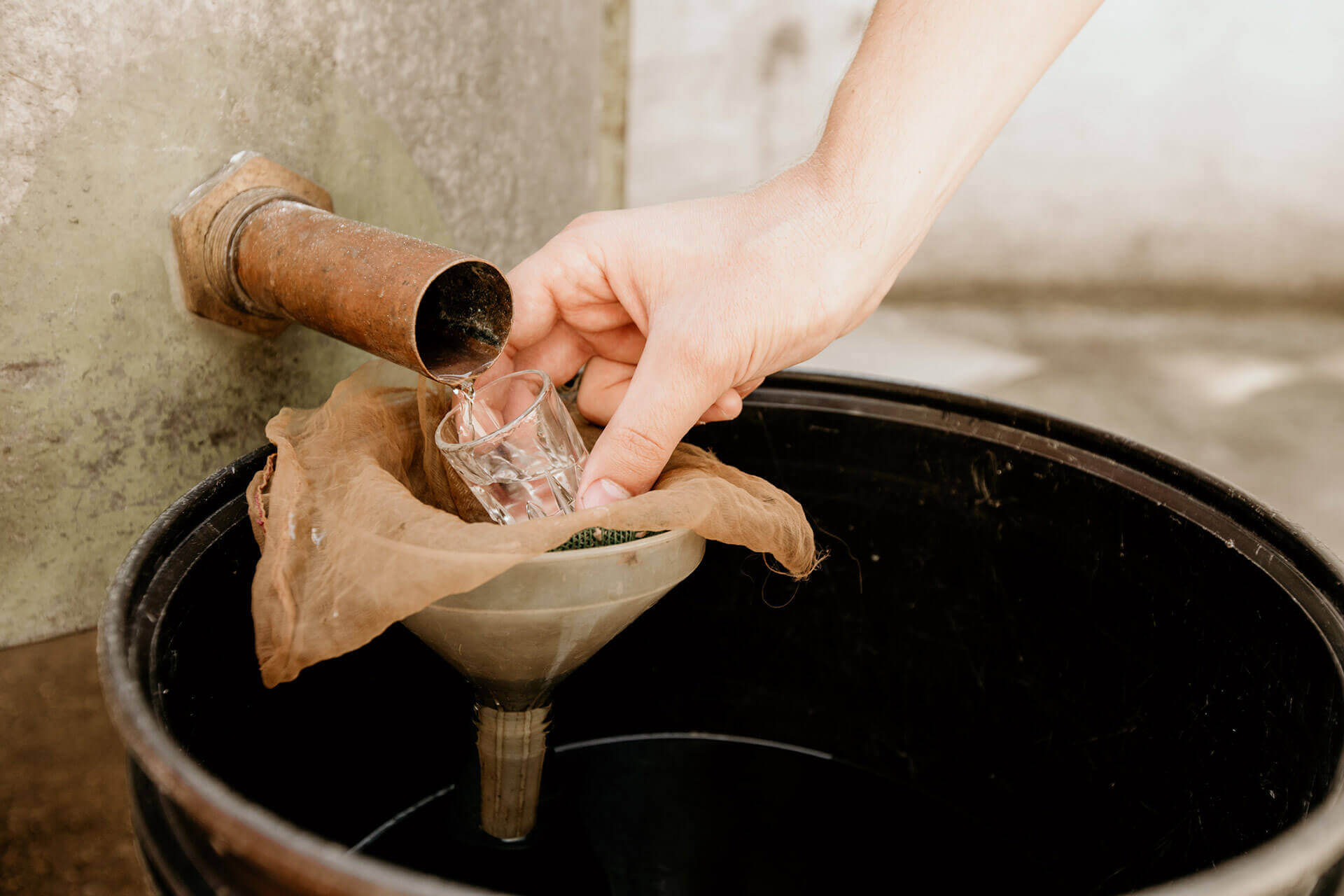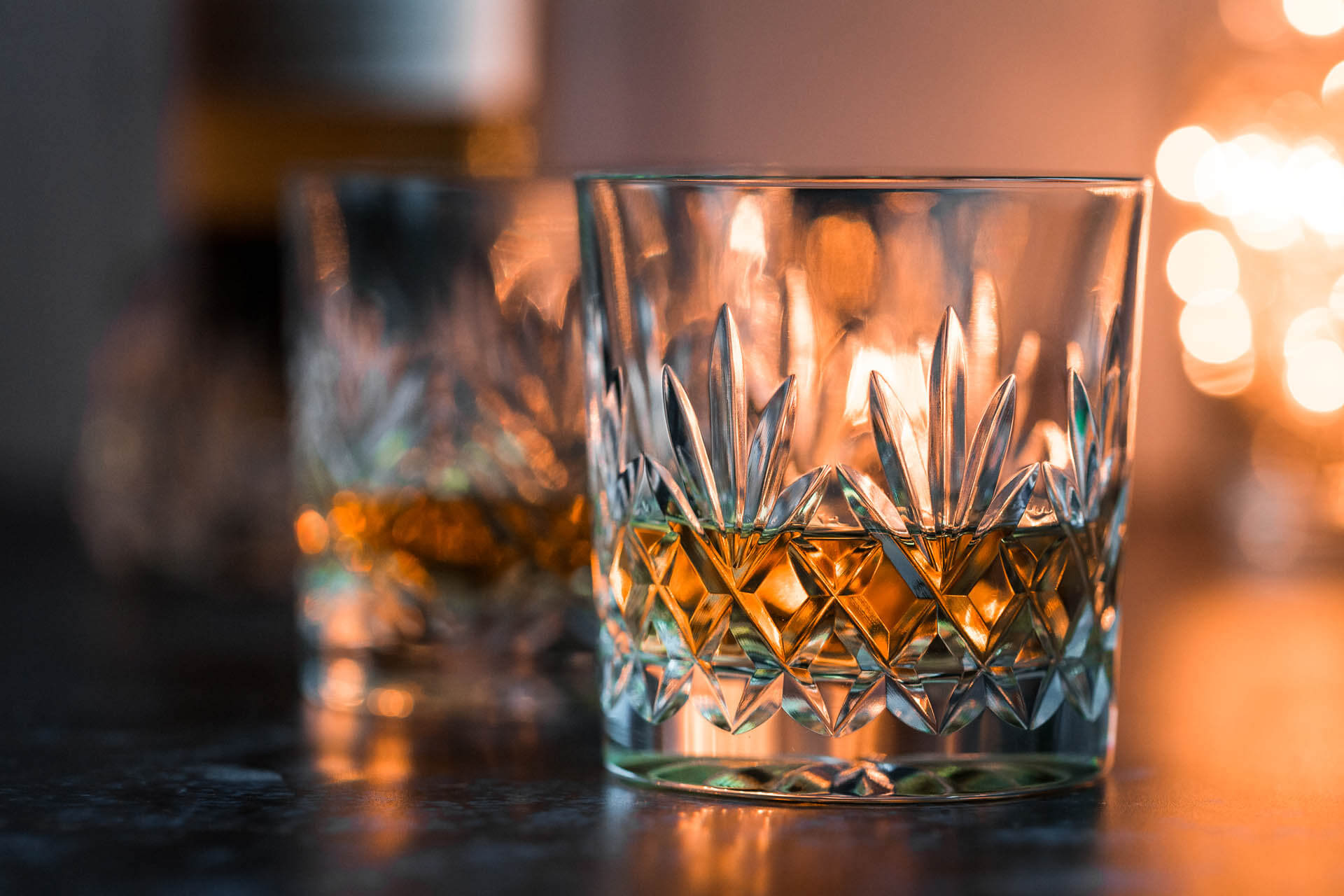This website uses cookies so that we can provide you with the best user experience possible. Cookie information is stored in your browser and performs functions such as recognising you when you return to our website and helping our team to understand which sections of the website you find most interesting and useful.
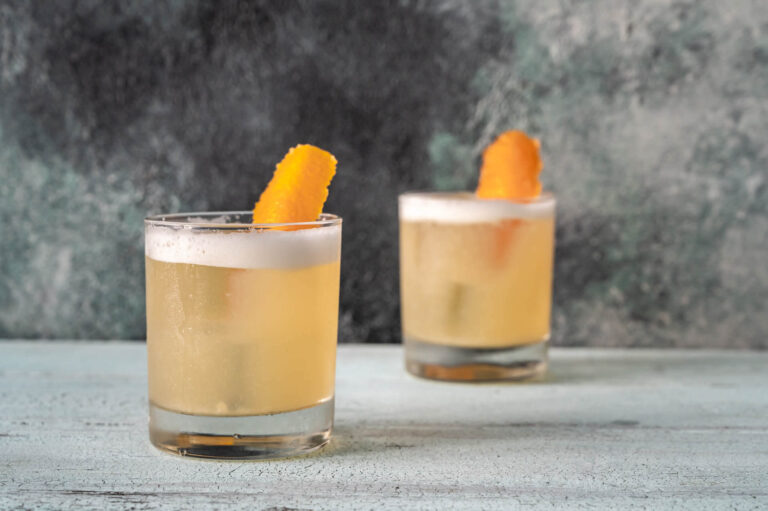
Plan for tomorrow, today
We are the global leader in data, analytics and insights for the beverage alcohol industry
IWSR uniquely combines the best of data science with human intelligence to uncover the reality of the global beverage alcohol market. We are the trusted reference point for industry leaders, identifying trends, drivers of change and effective strategies.
Gain clarity in a complex drinks industry
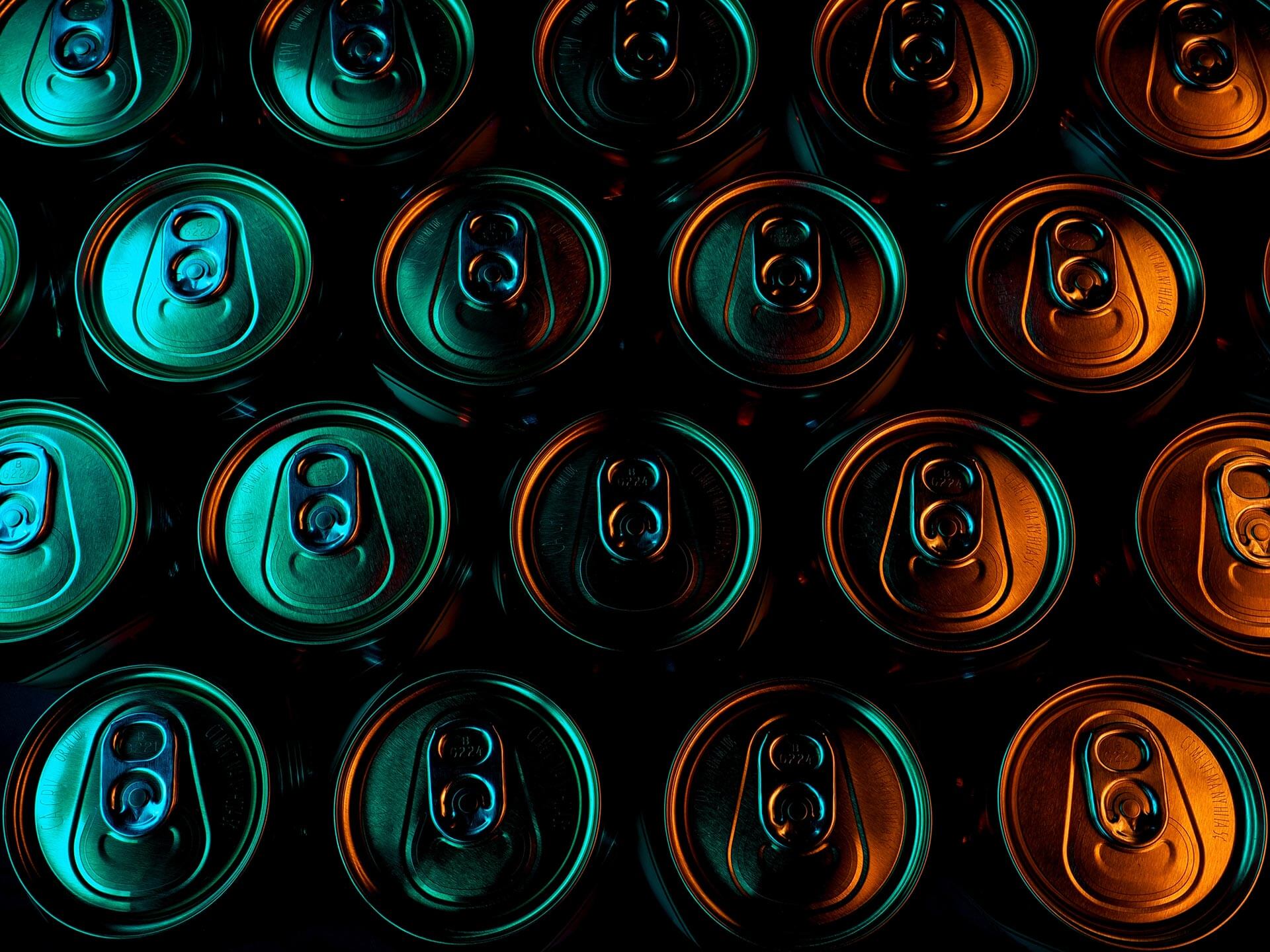
Navigate change
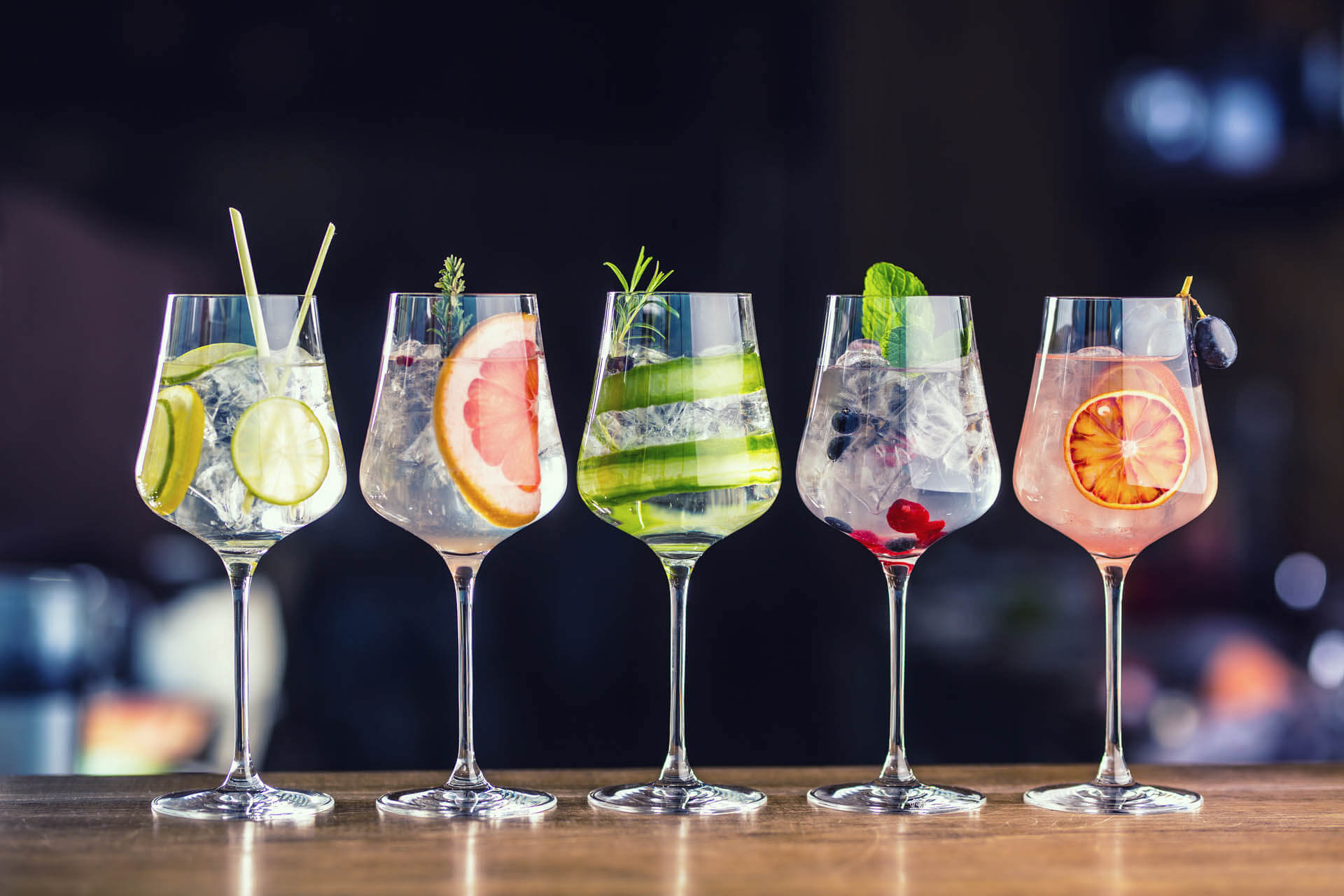
Identify growth opportunities
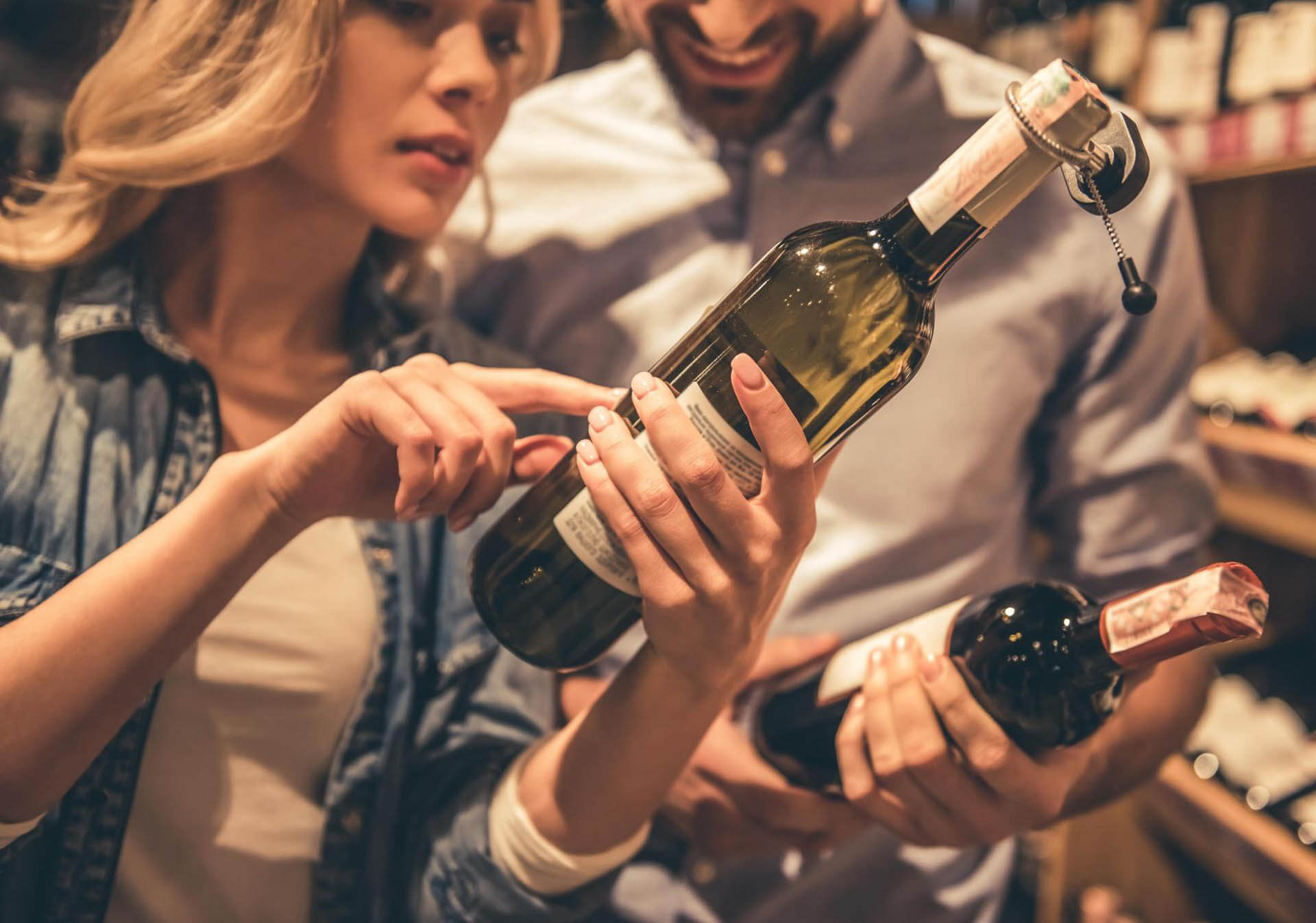
Leverage consumer sentiment

Drive innovation
Access the data and expertise that underpins the industry
Our data & insight products
IWSR’s intuitive client platform is the gateway to our latest visualisation and data tools. It gives you access to all our data and insights, helping you understand global markets, drivers of change, how markets will evolve, and which strategies to adopt.
Our Science
IWSR offers proprietary longitudinal beverage alcohol market data combined with forecasts, consumer insight and innovation data, all supported by a global network of market experts. We use the latest AI-enabled data analysis techniques to deliver intelligence to the world’s leading brands.
"IWSR’s Global Database is the only common database. It feeds everything from board meetings down to daily discussions. It is a key reference"
| Leading global wine and spirits company
| Insight
Global market analysis and insights
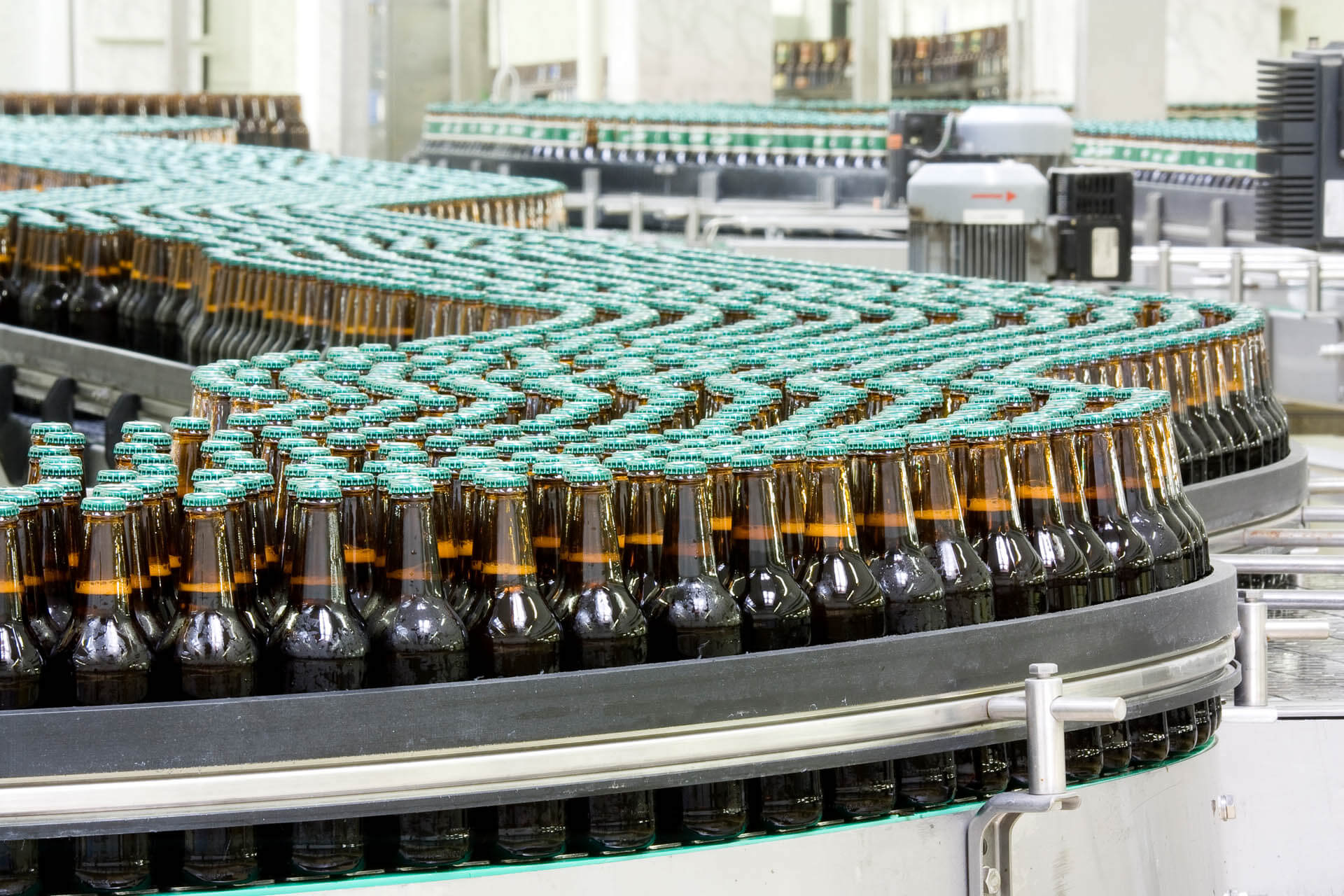
5 Key Trends Shifting The Beverage Alcohol Market In 2025
IWSR evaluates the trends and market forces driving the global beverage alcohol industry
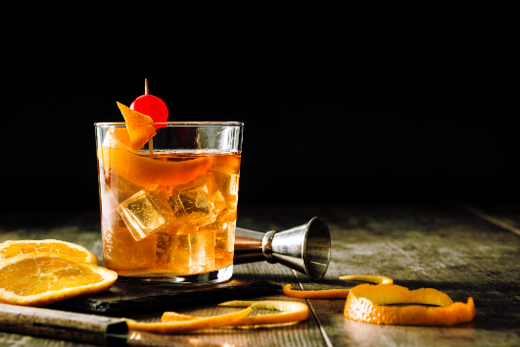
The new codes of premiumisation
An analysis of the evolution and future of premiumisation in beverage alcohol

